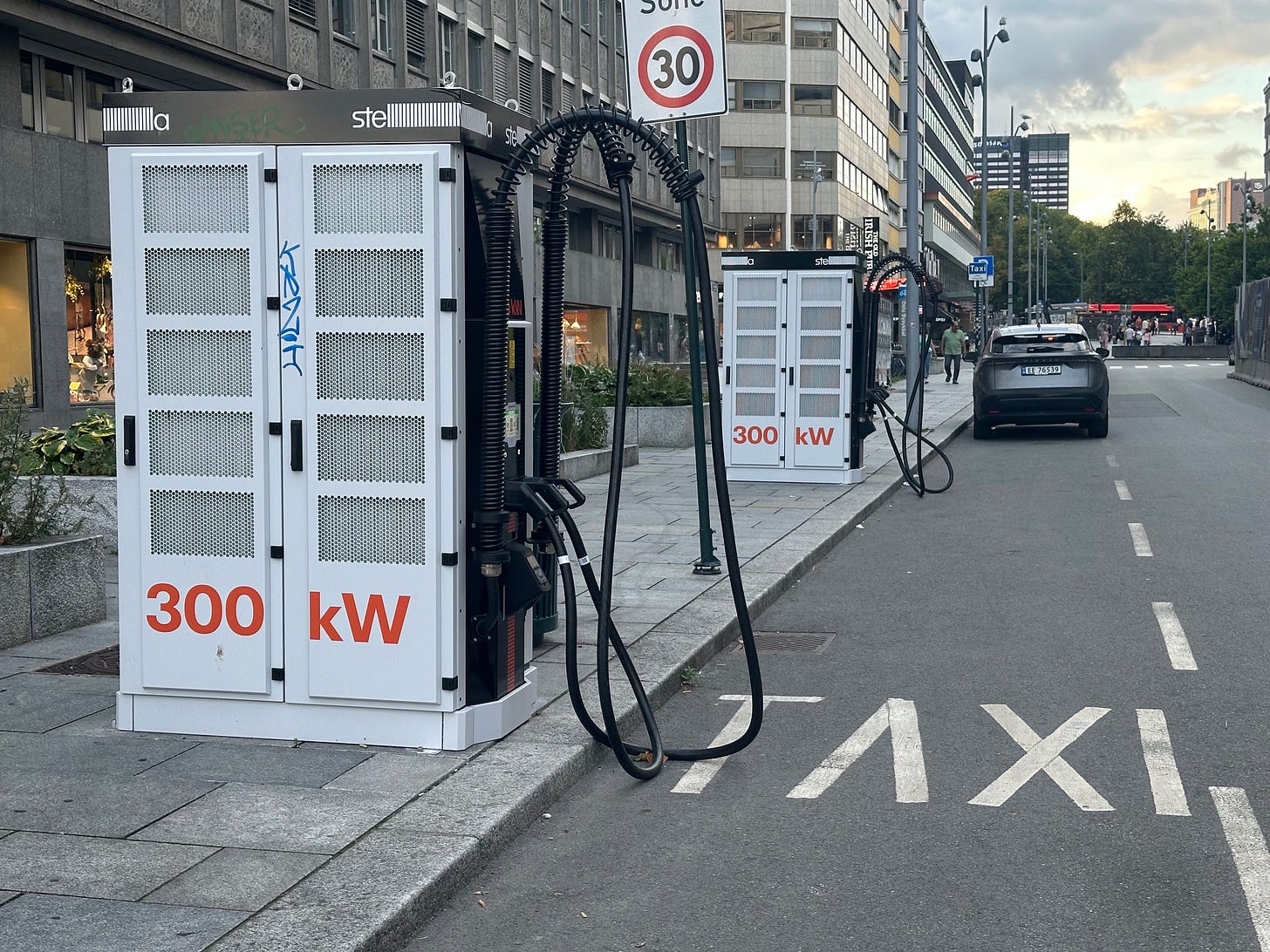A Flexible Demand
Understanding how electricity use becomes part of the system balance
The ability to pause, shift, or redirect reveals more possibilities than simply pressing ahead.
Introduction
Electricity markets are often pictured as one-way systems: demand is fixed, and supply must rise or fall to meet it. Yet in practice, the relationship is more fluid. The Australian National Electricity Market (NEM) is now making space for a different idea — that demand itself can act like a resource, stepping in and adjusting when conditions change.
This practice is known as demand response. It is neither entirely new nor fully settled. Its presence can be traced in quiet industrial agreements of decades past and in the more recent formalisation of wholesale mechanisms. But the concept also raises wider reflections. What happens when consumers become participants? How does flexibility on the demand side reshape a market long designed around supply?
The sections that follow look at how demand response has evolved, the ways it is expressed, and the challenges and opportunities that shape its future.
From Passive to Active
We discover new capacities when old assumptions loosen.
The central shift is one of perspective: recognising demand not as a fixed line on a chart, but as something that can move. This reframing is changing the dynamics of how the NEM balances reliability, cost, and emissions.
A few elements illustrate the significance of this change:
It reframes roles: Consumers are no longer passive recipients but can play an active part in system stability.
It expands tools: Operators gain another lever beyond generation and storage, adding resilience to the system.
It changes timing: Flexibility allows short-term needs to be met without always building long-term infrastructure.
Seen this way, demand response is less about a technical fix and more about opening new ways to think about participation in the energy system.
The Historical Path
Patterns become visible when moments are linked across time.
Demand response in the NEM has evolved gradually. It began with industrial customers reducing load during crises, later found structure in emergency schemes, and has now taken its place as a formal wholesale market mechanism.
Key stages show how the idea has matured:
Ad hoc beginnings: Large industrial sites quietly agreed to reduce demand during high-price or reliability events.
Emergency framing: The Reliability and Emergency Reserve Trader (RERT) gave AEMO a way to contract demand reductions in critical situations.
Formal entry: The Wholesale Demand Response mechanism (2021) allowed demand to be bid into the market as if it were generation.
This progression suggests an ongoing shift: from emergency tool to integrated market resource, and from large industrial users to distributed households and businesses.
Practical Expressions
What begins as principle must also find form in practice.
Demand response is not one thing but many. Its expressions differ by scale, sector, and circumstance. Understanding these variations helps reveal its potential reach.
Some examples across the spectrum:
Industrial curtailment: Aluminium smelters or cement works reducing consumption at short notice.
Commercial flexibility: Cold storage, data centres, or irrigation pumps adjusting load in response to signals.
Household aggregation: Virtual Power Plants (VPPs) coordinating rooftop solar, batteries, and EV chargers.
These examples highlight that demand response is less a single technology than a pattern of flexibility woven through the system.
Economic and System Benefits
Costs are often avoided not by building more, but by using better what already exists.
The value of demand response lies in its ability to shift pressures rather than expand capacity. It is about smoothing peaks, filling troughs, and aligning consumption with renewable output.
A few benefits stand out:
Avoided investment: It reduces the need for seldom-used peaking plants and network upgrades.
Price moderation: By reducing demand during scarcity, it dampens extreme price spikes.
Renewable integration: By adding load during abundance, it helps reduce curtailment and makes better use of existing generation.
This dual role — reducing demand in shortage and increasing demand in surplus — is what makes demand response such a versatile contributor.
Challenges and Complexities
Every opportunity carries its own constraints.
For all its promise, demand response faces hurdles. Measurement, equity, and participation are not trivial matters and can shape how far it scales.
The issues most often discussed include:
Verification difficulty: Establishing baselines for “what would have happened” is technically complex.
Participation limits: Industrial users dominate, while households and small businesses remain underrepresented.
Behavioural barriers: Trust and convenience are essential; few people want to manage demand response manually.
These considerations suggest that scaling demand response will require both technical rigour and attention to social and behavioural design.
The Future Pathways
The next shifts are often embedded in today’s adjacent changes.
As electrification accelerates, new forms of flexible demand are arriving. These loads are significant, controllable, and well-suited to dynamic signals.
Areas likely to define the next chapter include:
Electric vehicles: Charging loads that can be shifted to match renewable availability.
Heat pumps: Flexible heating and cooling that can be scheduled without loss of comfort.
Digital infrastructure: Data centres and other large, schedulable loads entering the market.
The question is not whether these forms of demand will grow, but how effectively they can be integrated into the market structures that enable flexibility.
Conclusion
Demand response in the NEM has travelled from quiet industrial agreements to formal wholesale mechanisms and is now opening new frontiers with distributed energy and electrification. At each stage, it has carried the same essential insight: demand is not fixed. It can move, adapt, and contribute.
Seen in this way, demand response is not only a market tool but also a sign of a more participatory energy system. The value lies as much in the shift of perspective as in the megawatts delivered.
The system works best when both sides of the equation are willing to move.


